November 11 & 12, 2014
Cherrapunjee Holday Resort
Wiki & Other Info About the Bridges and Cherrapunjee:
The local Khasi people do not know when the tradition of living root bridges started. The earliest written record of these bridges is by Lieutenant H Yule in 1844. The living root bridges of Cherrapunji, Laitkynsew, and Nongriat, in Meghalaya, India are handmade suspension bridges created from the aerial roots of living banyan fig tree, ficus elastica. The pliable tree roots were trained to grow through betel tree trunks until the figs' roots took root on the other side. The process can take up to 15 years to complete. The useful lifespan of the bridges is thought to be 500–600 years.
This area is reportedly the wettest place on earth with an average yearly rainfall of 11,777 mm = 38.6 feet. In 1974 it rained an unimaginable 24555.3 mm (i.e. 80.56 feet!!).
And here we are in November with picture perfect weather. It is around 74°F during the day and cools down to pleasant temp at night. We see very few mosquitoes.
Getting Psyched about the Bridges
We sat with Josh for breakfast. He had hiked down to the root bridges yesterday. He warned us it is a real butt kicker plus we had read the descriptions of other travelers. We decided to make it a little easier for us and have a taxi drive us the 5 km to the trail head (200Rs/$3.25)
Into the Chasm
We left at 10 am. From the trail head, cement steps slice steeply through the jungle.....down down into the canyon. We took about an hour, taking lots of pictures chasing butterflies and taking up close looks at huge spiders in their webs.
We arrived in small village of Nongthymmai of about 10 families. A tiny store sold locally found wild cinnamon, pepper and delicious honey. There we purchased entrance tickets (10Rs per person and 20 Rs per camera, more for video) Clear signage showed arrows to the long bridge (upriver) and double decker bridge (down stream).
.....We opted for the closer long bridge. After we crested a small knoll, our eyes feasted on the longest of the amazing root bridges, span between two trees on opposite sides of the river. A small root ramp got us at bridge level and one by one we had to cross these man made wonders. It did feel a bit wobbly in some places and I couldn't shake my insecurity. We frolicked around for close to an hour. I figured the other bridges would be a lot like this one so I decided to make my way up the long steps.
Dave continued on to the double decker at Nongrait village by going down river, over the knoll to the other river and across the steel cable suspension bridge. From there, is was a short distance back up stream to the double decker. The double decker is a shorter pair of bridges which are stouter than long bridge. Swimming holes nearby and along the way look inviting. They have an aptly name Serene home stay in the village which is a great way to stay on the river and have a long time to explore of the villages, waterfalls and bridges. The natural beauty of the area is super. Nongrait village also imposed a nominal fee to visit there bridges.
Back to the Top
It took me an about an hour and a half to get to the top. About half way as I sat down to take a rest, a young woman caught up with me. We started talking and she told me she was the teacher for ten children. She makes the trek every school day. I asked it if it got easier. "No, it was and still is hard" she told me as she slowly walked on. I followed slow and steady behind her. For me, the top came a lot sooner than I expected. I continued on and walked the 5 kilometer back to the resort where I was greeted with the customary glass of cool water when I stepped inside. Life is good.
I had showered and relaxed with an hot lemon tea when Dave returned. He told me that the double decker bridges were not that far from where we had split up and that I should have continued there with him. There was a nice waterfall on the way with crystal clear blue water.
In the evening, Josh played a 10 minute documentary video of the bridges made in the rainy season. The torrents of rushing water were mind boggling. It did not look like the sleepy little stream we say today.
Fiscus Elastica - Living Root Bridges
Tuesday, November 11, 2014
 Laitkynsew, Meghalaya, Meghalaya, India
Laitkynsew, Meghalaya, Meghalaya, India
Other Entries
-
1Rough Landing in New Delhi
Oct 1626 days prior Mahipalpur, Indiaphoto_camera3videocam 0comment 0
Mahipalpur, Indiaphoto_camera3videocam 0comment 0 -
2Hello Darjeeling
Oct 1725 days prior Darjeeling, Indiaphoto_camera22videocam 3comment 1
Darjeeling, Indiaphoto_camera22videocam 3comment 1 -
3High Mountain Tea & Trains
Oct 1824 days prior Darjeeling, Indiaphoto_camera63videocam 4comment 0
Darjeeling, Indiaphoto_camera63videocam 4comment 0 -
4Karmi Farm
Oct 2418 days prior Kolbong, Indiaphoto_camera78videocam 4comment 0
Kolbong, Indiaphoto_camera78videocam 4comment 0 -
5Arranging a Tour in North Sikkim
Oct 2814 days prior Gangtok, Indiaphoto_camera25videocam 0comment 1
Gangtok, Indiaphoto_camera25videocam 0comment 1 -
6North Sikkim Tour: Day 1, Lachen
Oct 3111 days prior Lachung, Indiaphoto_camera25videocam 1comment 0
Lachung, Indiaphoto_camera25videocam 1comment 0 -
7North Sikkim Tour: Day 2, Lachung
Nov 0110 days prior Lachung, Indiaphoto_camera57videocam 2comment 0
Lachung, Indiaphoto_camera57videocam 2comment 0 -
8North Sikkim Tour: Day 3-Yumthang Valley & Gangtok
Nov 029 days prior Gangtok, Indiaphoto_camera24videocam 2comment 0
Gangtok, Indiaphoto_camera24videocam 2comment 0 -
9Most Sacred & Holiest Monastery in Sikkim
Nov 038 days prior Tashiding, Indiaphoto_camera80videocam 2comment 0
Tashiding, Indiaphoto_camera80videocam 2comment 0 -
10Super Sikkim Scenery
Nov 056 days prior Pelling, Indiaphoto_camera31videocam 0comment 1
Pelling, Indiaphoto_camera31videocam 0comment 1 -
11Bumpy and Dusty 5 Hours
Nov 065 days prior Siliguri, Indiaphoto_camera18videocam 2comment 0
Siliguri, Indiaphoto_camera18videocam 2comment 0 -
12Dibrugath Rajdhani Express to Guwahati
Nov 074 days prior Guwahati, Indiaphoto_camera18videocam 2comment 0
Guwahati, Indiaphoto_camera18videocam 2comment 0 -
13Half Way Point to Root Bridges
Nov 092 days prior Shillong, Indiaphoto_camera11videocam 0comment 0
Shillong, Indiaphoto_camera11videocam 0comment 0 -
14Meghalaya Chasms
Nov 101 day prior Laitkynsew, Meghalaya, Indiaphoto_camera25videocam 2comment 0
Laitkynsew, Meghalaya, Indiaphoto_camera25videocam 2comment 0 -
15Fiscus Elastica - Living Root Bridges
Nov 11 Laitkynsew, Meghalaya, Indiaphoto_camera40videocam 3comment 0
Laitkynsew, Meghalaya, Indiaphoto_camera40videocam 3comment 0 -
16Big Market Day
Nov 121 day later Cherrapunjee, Indiaphoto_camera41videocam 4comment 0
Cherrapunjee, Indiaphoto_camera41videocam 4comment 0 -
17Guwahati the Transit Hub
Nov 132 days later Guwahati, Indiaphoto_camera3videocam 0comment 0
Guwahati, Indiaphoto_camera3videocam 0comment 0 -
18Gateway to Arunachal Pradesh
Nov 143 days later Tezpur, Indiaphoto_camera6videocam 0comment 0
Tezpur, Indiaphoto_camera6videocam 0comment 0 -
19Burrr Time at 10,000 Feet in Tawang
Nov 154 days later Tawang, Indiaphoto_camera79videocam 3comment 0
Tawang, Indiaphoto_camera79videocam 3comment 0 -
20Bad Karma Day for Arjun
Nov 187 days later Tezpur, Indiaphoto_camera39videocam 0comment 0
Tezpur, Indiaphoto_camera39videocam 0comment 0 -
21Land of Nose Plugs and Facial Tattoos
Nov 209 days later Ziro, Indiaphoto_camera121videocam 8comment 0
Ziro, Indiaphoto_camera121videocam 8comment 0 -
22Vanishing Island in the Brahmaputra
Nov 2312 days later Garamur, Indiaphoto_camera122videocam 8comment 0
Garamur, Indiaphoto_camera122videocam 8comment 0 -
23Never on Sunday
Nov 2615 days later Mon, Indiaphoto_camera26videocam 1comment 0
Mon, Indiaphoto_camera26videocam 1comment 0 -
24Scenic Route to Jorhat
Nov 2817 days later Jorhāt, Indiaphoto_camera13videocam 2comment 0
Jorhāt, Indiaphoto_camera13videocam 2comment 0 -
25Sleepy Mountain Town
Nov 2918 days later Mokokchūng, Indiaphoto_camera13videocam 0comment 0
Mokokchūng, Indiaphoto_camera13videocam 0comment 0 -
26Hornbill Festival
Dec 0120 days later Kisama, Indiaphoto_camera126videocam 5comment 0
Kisama, Indiaphoto_camera126videocam 5comment 0 -
27R&R in Imphal
Dec 0423 days later Imphal, Indiaphoto_camera29videocam 1comment 0
Imphal, Indiaphoto_camera29videocam 1comment 0 -
28Home on a Lilly Pad
Dec 0827 days later Moirāng, Indiaphoto_camera46videocam 1comment 1
Moirāng, Indiaphoto_camera46videocam 1comment 1 -
29Last Supper
Dec 0928 days later Imphal, Indiaphoto_camera6videocam 0comment 0
Imphal, Indiaphoto_camera6videocam 0comment 0 -
30Oh! Calcutta! (Kolkata)
Dec 1130 days later Kolkata (Calcutta), Indiaphoto_camera37videocam 1comment 0
Kolkata (Calcutta), Indiaphoto_camera37videocam 1comment 0 -
31Motorcycle Tour of Calcutta (Kolkata)
Dec 1433 days later Kolkata (Calcutta), Indiaphoto_camera112videocam 3comment 0
Kolkata (Calcutta), Indiaphoto_camera112videocam 3comment 0 -
32Panthera Tigris Tigris - Elusive and Endangered
Dec 1837 days later Satjelia Island, Indiaphoto_camera98videocam 2comment 0
Satjelia Island, Indiaphoto_camera98videocam 2comment 0 -
33Christmas in Kolkata
Dec 2039 days later Kolkata (Calcutta), Indiaphoto_camera129videocam 1comment 0
Kolkata (Calcutta), Indiaphoto_camera129videocam 1comment 0

 Laitkynsew, Meghalaya, Meghalaya, India
Laitkynsew, Meghalaya, Meghalaya, India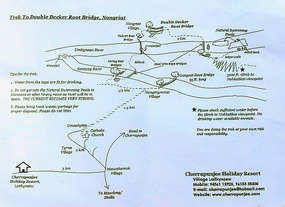
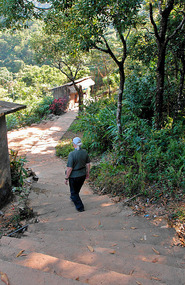
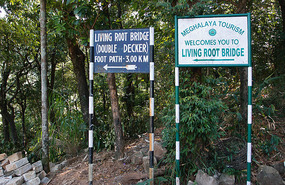
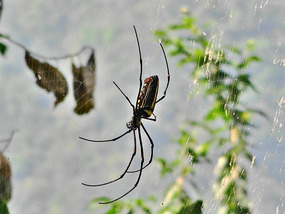
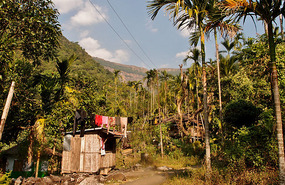

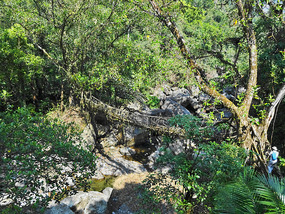
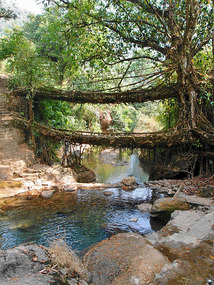
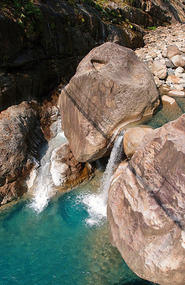
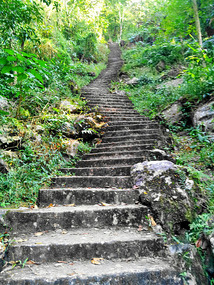
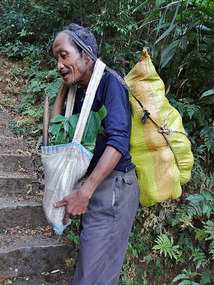


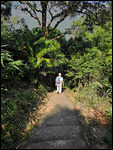


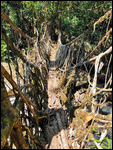



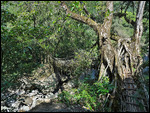




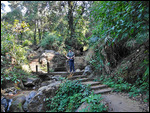






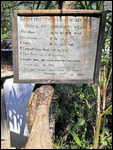
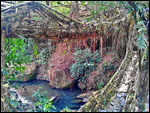

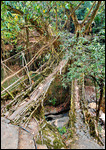


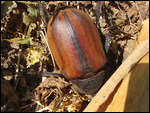


2025-05-23